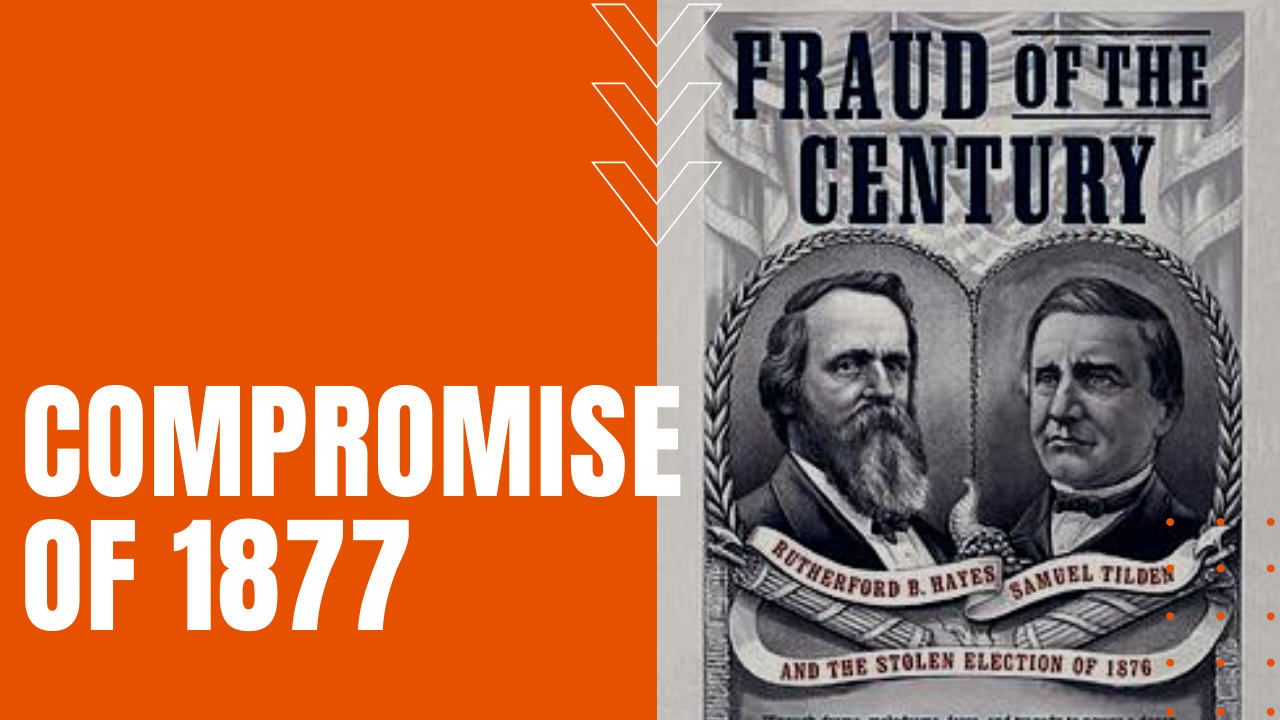What was the Compromise of 1877?

By the mid-1870s, the racial equality initiatives put in place by post-Civil War Reconstruction had largely failed, due to a series of repressive laws known as the “black codes,” as well as a racist white majority in the South who resorted to intimidation tactics and outright violence in their efforts to restore white supremacy while keeping blacks from the voting booth.
Beginning in 1873, a series of Supreme Court decisions further limited the breadth of Reconstruction-era laws, since by then congress had passed the Civil War Amendments, which on paper, anyway, gave African Americans the status of citizenship and the legal right to vote.
The Election of 1876
As the 1876 presidential election approached, the Democrats chose Governor Samuel J. Tilden of New York as their candidate, while the Republicans nominated Ohio Governor Rutherford B. Hayes.
On Election Day that November, the Democrats appeared to come out on top, winning important swing states like Connecticut, Indiana, New York and New Jersey. By midnight, Tilden had 184 of the 185 electoral votes he needed to win, and was leading the popular vote by 250,000, yet the Republicans refused to accept defeat, accusing Democratic supporters of bribing African-American voters to prevent them from voting in three key southern states—Florida, Louisiana and South Carolina, which were the last states in the South still governed by Republican carpetbaggers from up north.
A commission was formed to resolve the matter, and after extensive deliberations, Republican allies met in secret with moderate southern Democrats in hopes of convincing them not to block the official congressional vote count through a filibuster. In February, at a meeting held in Washington’s Wormley Hotel, the Democrats agreed to grant the White House to Hayes, on the condition that Republicans withdraw all federal troops from the contested states, thereby ushering in the return of democratically-elected self-governance while ending the thirteen-year-long reconstruction era in the South.
The election of 1876 would become the most disputed and manipulated election in American history, prompting outraged northern Democrats to nickname the 19th American president “His Fraudulency” for the remainder of his single term in office.
